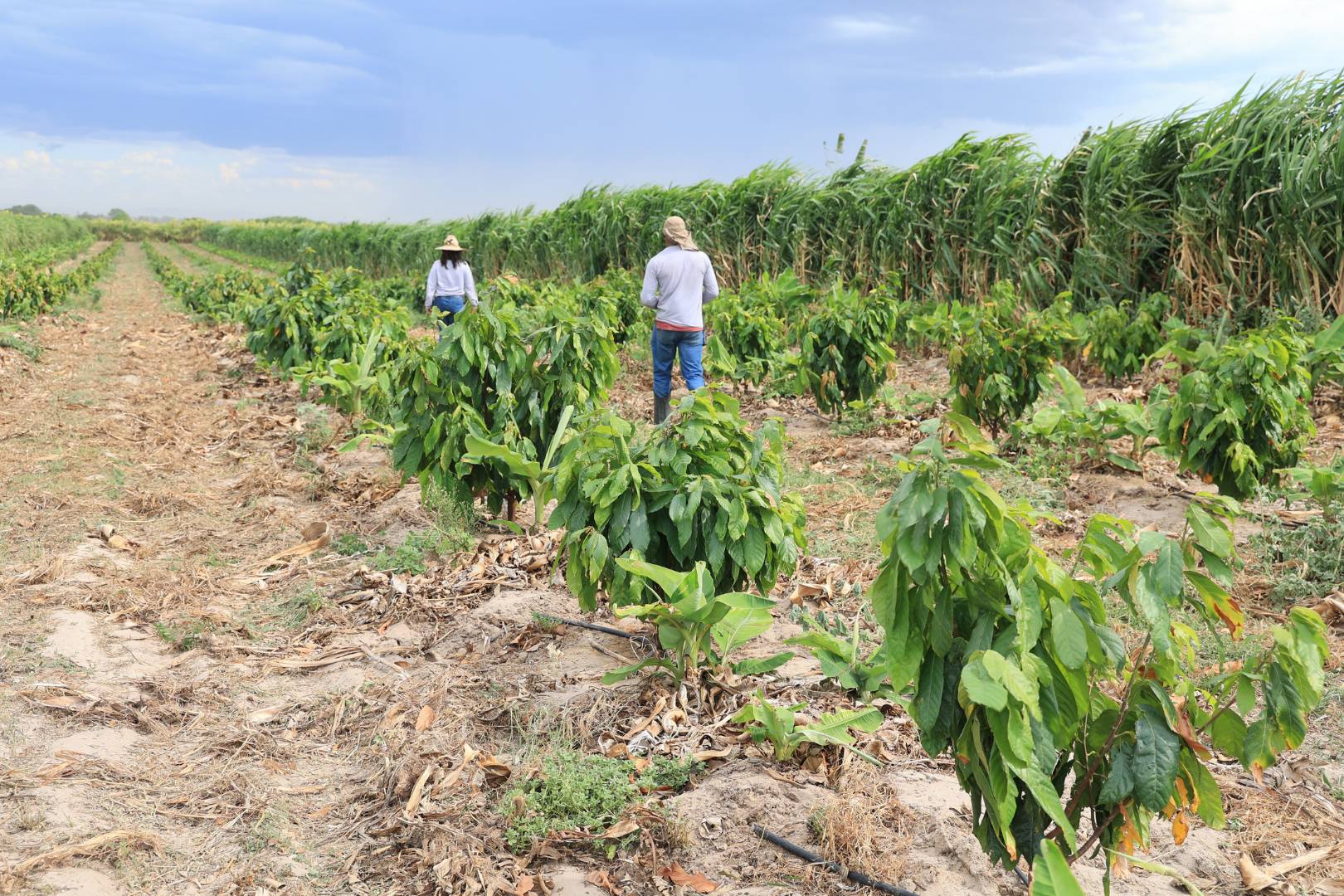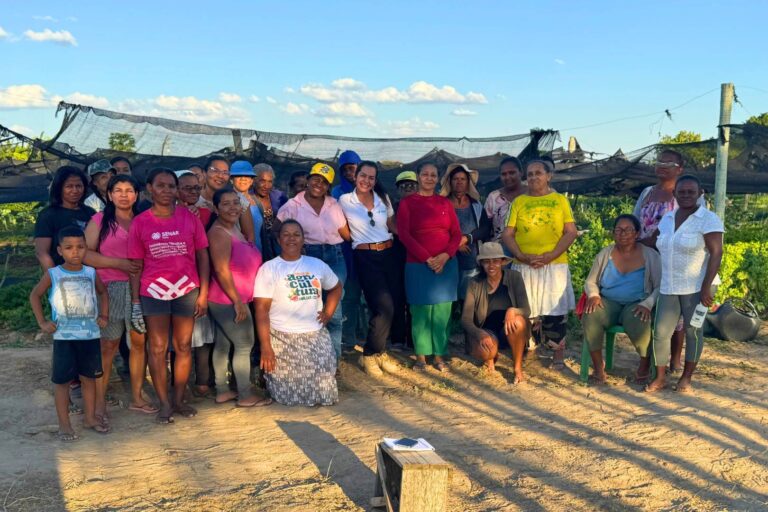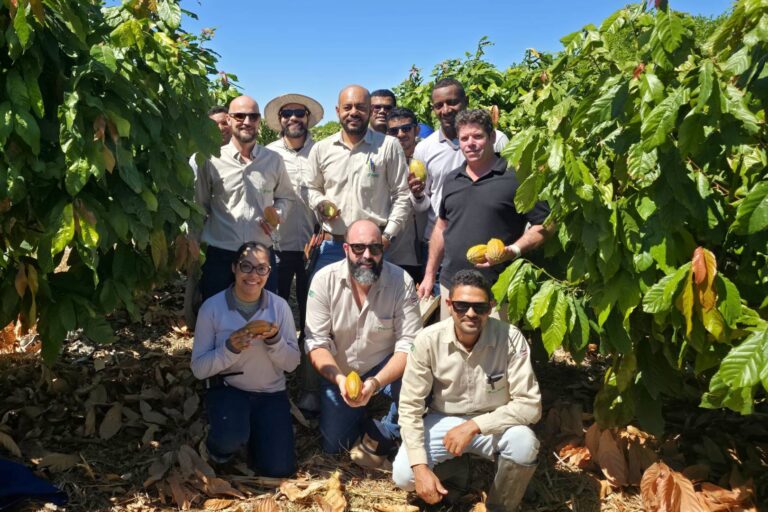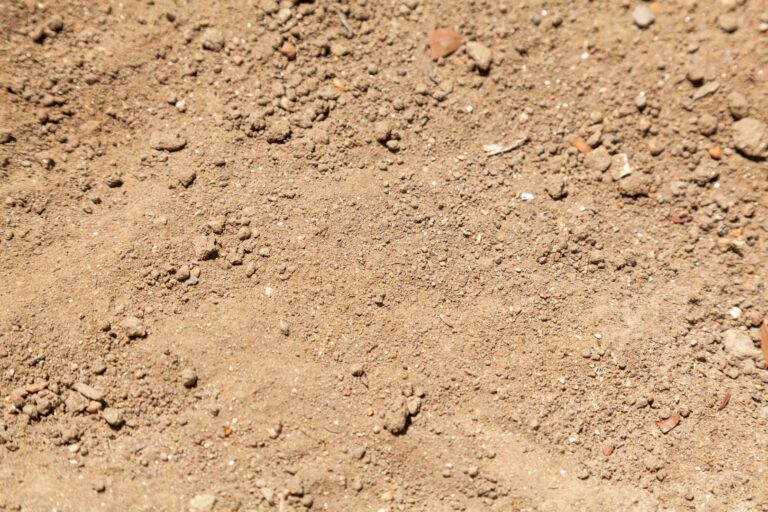Como o aumento da temperatura global e os padrões do tempo se tornam mais imprevisíveis, o cacau, os agricultores enfrentam desafios crescentes. No entanto, através da inovação, planejamento estratégico e práticas agrícolas sustentáveis, a indústria está se adaptando para garantir um futuro para o cacau cultivo.
O Impacto das Mudanças Climáticas sobre a Cacau
O aumento das Temperaturas e a Mudança de Padrões de Chuva
Cacau vive em meio úmido, tropical regiões perto do equador, onde a uniformidade de temperaturas e de precipitação são a chave para o seu ciclo de crescimento. No entanto, a mudança climática levou a um aumento das temperaturas e a mudança dos padrões de chuvas, que afetam a floração, o pod de desenvolvimento e, em geral, árvore de saúde. O calor excessivo pode estresse árvores de cacau, enquanto que períodos prolongados de seca ou chuvas irregulares pode levar a rendimentos mais baixos e maior vulnerabilidade a doenças.
O aumento de Pragas e Doenças de Pressão
Temperaturas mais quentes e alterar os níveis de umidade criar condições favoráveis para pragas e doenças que ameaçam a cacau culturas. Infecções fúngicas como o preto pod doença e gelado pod rot tornaram-se mais prevalentes, devastando toda a plantações se não for adequadamente gerida. Gestão integrada de pragas (IPM) estratégias e resistência às doenças cacau variedades são cruciais no combate a esses desafios.
Estratégias de Resiliência Climática em Cacau Agricultura
Sistemas agroflorestais e a Sombra de Gestão
Uma das maneiras mais eficazes para mitigar os relacionados com o clima de estresse é através da implementação de sistemas agroflorestais. Por esta prática de cacau com sombra-prestação de árvoresos agricultores podem regular a temperatura, melhorar a retenção da umidade do solo, e a reduzir a exposição a condições meteorológicas extremas. Árvores de sombra, também, melhorar a biodiversidade, promovendo um maior equilíbrio do ecossistema que, naturalmente, os controles de pragas.
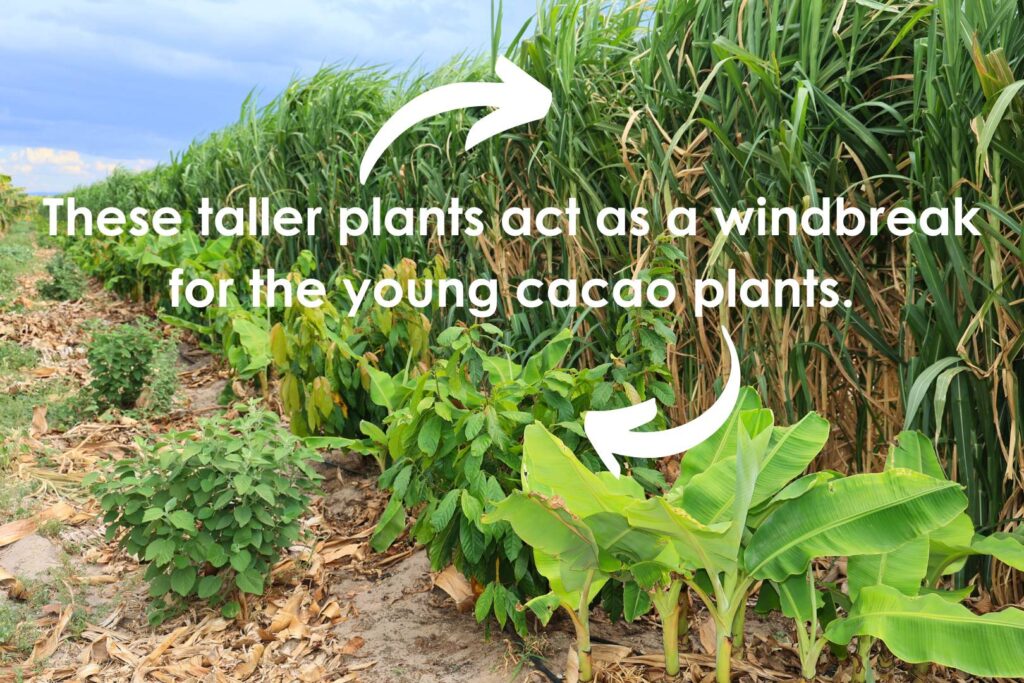
Resistente à seca e de Alto Rendimento Variedades
Investigação e inovação tem levado ao desenvolvimento de variedades de cacau com maior tolerância à seca, resistência a pragas e avançado sabor perfis. Por meio de experimentos com estes novas variedadesos agricultores podem aumentar a produtividade, mantendo a qualidade. Em Peirot, estamos empenhados em teste e implementação de tais soluções para garantir a sustentabilidade da nossa produção.
Conservação de solo e Água Técnicas
Um solo saudável é fundamental para o cacau, a agricultura. Técnicas como a adubação verde, compostagem orgânicae tampa de corte ajudar a reter a umidade do solo, evitar a erosão e melhorar a fertilidade do solo. Além disso, eficiente da água, sistemas de gestão, incluindo irrigação por gotejamento e coleta de água de chuva, pode atenuar os efeitos da seca e otimizar o uso da água.
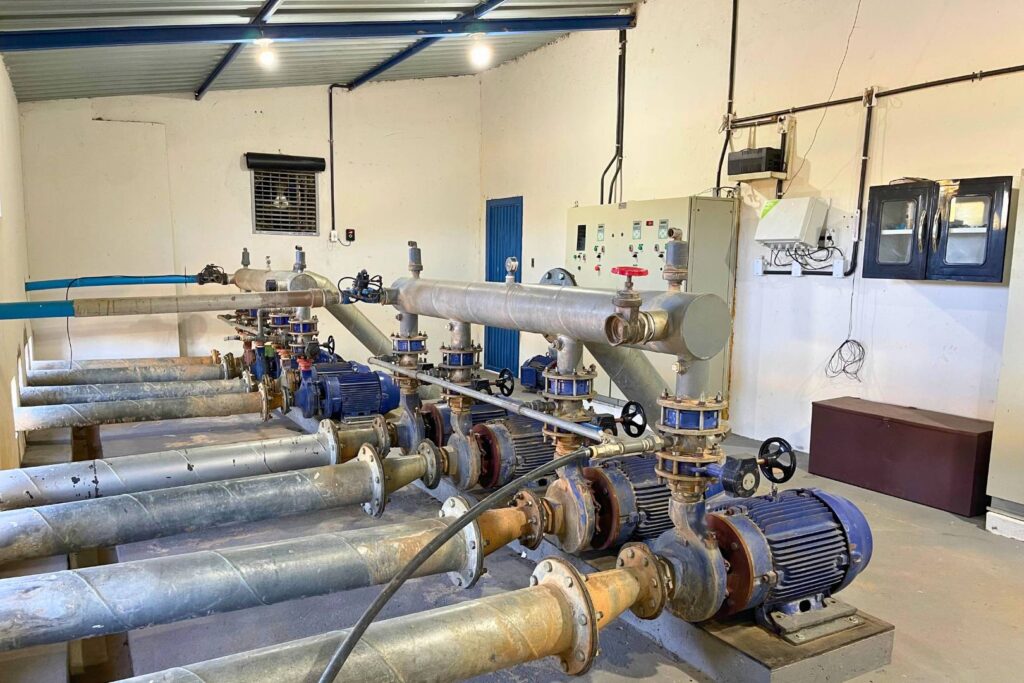
Práticas Agrícolas Sustentáveis
Reduzir a pegada de carbono de cacau agricultura é a chave para a sustentabilidade a longo prazo. Através da adopção de métodos de agricultura biológica, minimizando o desmatamento, e usando eco-friendly fertilizantes, a indústria pode contribuir para a mitigação das mudanças climáticas. Em Peirot, vamos incorporar essas práticas para garantir ambientalmente responsável cacau de produção.
O Envolvimento da comunidade e de Partilha de Conhecimentos
A colaboração entre agricultores, pesquisadores e organizações agrícolas é essencial para a resistência às alterações climáticas. Programas de treinamento, workshops, e de partilha de conhecimento, as iniciativas de capacitar os agricultores, com as ferramentas e técnicas necessárias para se adaptar às mudanças de condições climáticas.
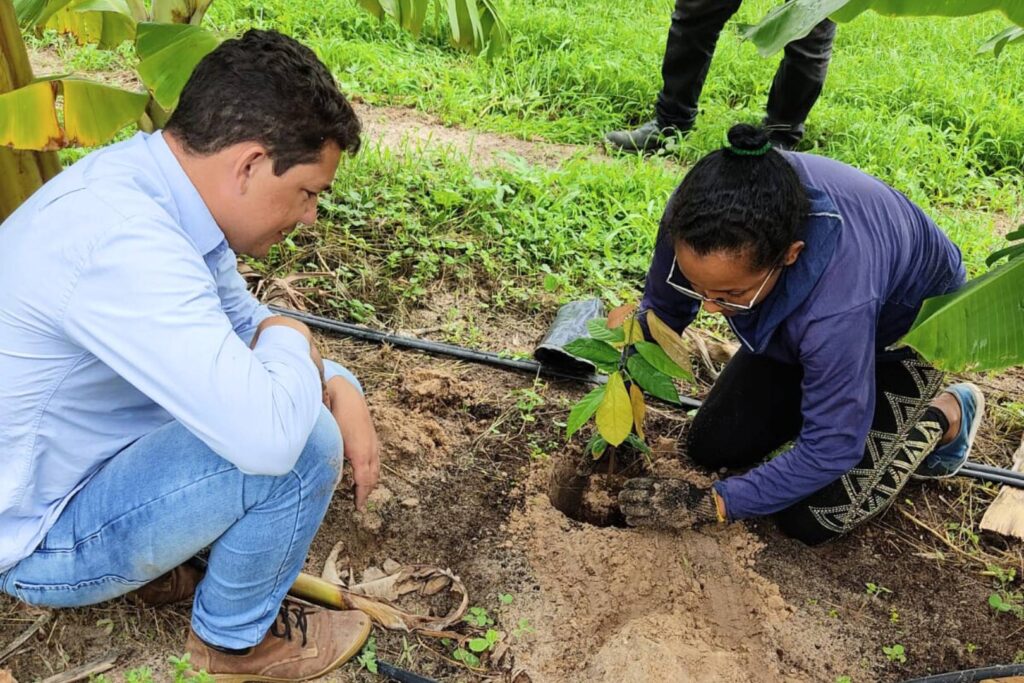
O Retorno do Cacau Agricultura para o Brasil
Historicamente, o Brasil é um grande produtor de cacau, mas ao longo do tempo, a produção mudou em grande parte para a África Ocidental, devido a surtos de doenças e fatores econômicos. No entanto, nos últimos anos, as mudanças climáticas a ser gravemente afectado produção de cacau no Gana e na Costa do Marfim, dois dos maiores produtores do mundo. A subida das temperaturas, secas, e surtos de doenças, têm reduzido significativamente a produção nessas regiões. Como resultado, o cacau, a agricultura é fazer um ressurgimento no Brasil, impulsionado por avanços na doença de variedades resistentes, técnicas sustentáveis, e um crescente foco em alta qualidade, fino sabor do cacau. Este ressurgimento contribui para a diversificação global de cacau cadeias de suprimento e reduzir a dependência em tradicionais regiões de produção.
O Impacto das Mudanças Climáticas sobre a Cacau Preços
As alterações climáticas têm tido um impacto direto no mundial de cacau preços. Irregular padrões climáticos, o aumento de surtos de doenças, e diminuição de produção nas principais regiões produtoras têm levou a escassez de alimentos, empurrando os preços mais elevados. A severa redução na produção de países como o Gana e a Costa do Marfim tem mais contribuiu para essa tendência. Os agricultores e as empresas que invistam em resiliente ao clima de cacau de produção não são apenas garantir o seu próprio futuro, mas também contribuindo para estabilizar o mercado e assegurar a sustentabilidade a longo prazo para a indústria.
Olhando para o futuro: Um Futuro Sustentável para o Cacau, a Agricultura
A adaptação para os desafios do clima requer uma abordagem proativa, que combina inovação com a agricultura tradicional sabedoria. Em Peirot, permanecemos comprometidos com o avanço sustentável de cacau agricultura através da expansão de nossas operações, experimentando com variedades resistentes, e a implementação de clima inteligente práticas. Ao fazer isso, nós não apenas garantir a nossa produção, mas também contribuir para um mundo mais sustentável e resiliente cacau indústria.
Como a demanda global de alta qualidade para o cacau continua a crescer, a indústria deve adotar soluções sustentáveis para navegar com êxito os desafios do clima. Através da pesquisa contínua, responsável de agricultura, e de parcerias estratégicas, o futuro de cacau cultivo pode permanecer brilhante, mesmo em face da incerteza ambiental.

